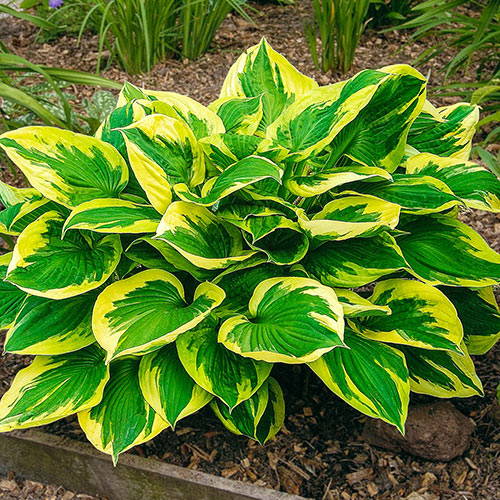Hosta: A Timeless Garden Treasure
Hosta plants possess a deep and intriguing historical background that extends throughout centuries. The plants originated from China, Korea, and Japan before European botanists described them during the 18th century. Researchers collected these plants to analyze their hardiness and ability to thrive in different environments while also studying their visual characteristics. Historical accounts indicate that indigenous herbalists along with traditional medicine experts employed plant parts for multiple healing applications. Traditional Eastern medicine recognized the healing properties of its roots and leaves for application in poultices and tinctures to treat inflammation and skin conditions, although these uses are not extensively recorded in Western literature. The plant’s primary purpose transitioned from medicinal uses to decorative purposes as it spread through European botanical gardens over time.
Hosta's Uses in Herbal Medicine
People valued this shade-loving perennial for its medicinal benefits before it became a common garden plant. Ancient Chinese and Japanese texts show that it served as a remedy for minor pains by providing cooling and anti-inflammatory benefits. Traditional remedies involved boiling the roots to make teas for sore throats and applying crushed leaves to bruises or insect bites to reduce swelling. Modern medicine has yet to fully embrace these practices, but some herbal traditions continue to retain some of these methods.
A Garden’s Best Friend
Hosta thrives in shaded landscape areas, which add elegance to gardens today. Its hardiness and low-maintenance requirements make it a popular plant for new and skilled gardeners alike. The plant's broad lush green foliage provides a versatile backdrop that works well with different plants making it ideal for use in borders, woodland gardens and shaded pathways.
The plant maintains its popularity across contemporary landscapes because it can flourish in challenging conditions where other plants fail. After establishment this plant shows outstanding drought resistance alongside pest resistance and helps prevent soil erosion if planted in clusters. Garden designers around the world use this plant as essential ground cover or mass planting material and to create statement effects in containers.
Hosta's Beauty
This shade-loving plant represents one of the few species that provides such extensive foliage diversity. The plant's leaves display a wide size range from tiny and fragile to massive ones that reach over foot wide in certain varieties. The color spectrum of this plant displays a broad range from vivid deep green to eye-catching blends of blue, gold, and white patterns. Certain cultivars possess a waxy layer which creates a frosted look on their leaves whereas other varieties showcase heavily textured surfaces to enhance visual appeal.
This perennial plant extends its visual interest with elegant bell-shaped flowers that stand tall and graceful above its foliage. The blooms which come in white, lavender or pale purple shades present subtle contrast against the bold leaves. During mid to late summer these flowers bloom to create subtle yet appealing beauty which makes any garden more attractive.
A Rare Haven for Wildlife
This shade garden essential primarily attracts gardeners with its visual appeal but it also serves as a home for unusual wildlife. The hummingbird stands out as a frequent visitor to these delicate blossoms. The small birds seek out these flowers because of their high nectar content especially when these flowers bloom most intensely during summer. The plant's tubular blooms enable hummingbirds to feed efficiently which makes them love it more than other plants that attract multiple pollinator types.

Some species of moths that fly at night regularly visit this plant's flowers. Through their pollination activities the moths help maintain the plant's continuous flowering throughout the years. As traditional pollinator discussions frequently disregard these moth species, gardens with this plant become crucial sanctuaries for these lesser-known nocturnal pollinators.
Hosta A Legacy of Elegance
Hosta's history demonstrates a continuous saga of enduring strength with stunning beauty. This plant started as a medicinal herb before becoming a cherished perennial in contemporary gardens where it still fascinates both gardeners and nature lovers. The plant maintains a permanent position in garden design through its abundant foliage alongside its vibrant blooms and ability to draw in scarce wildlife species. This plant exemplifies natural elegance as it adorns garden corners with shade and creates lush borders along twisting paths.